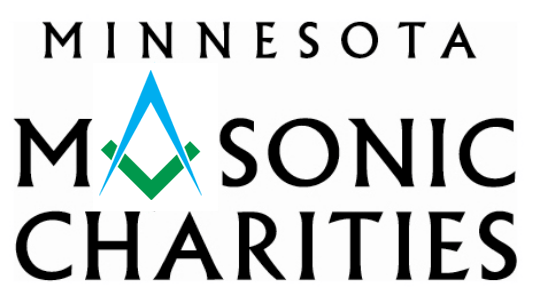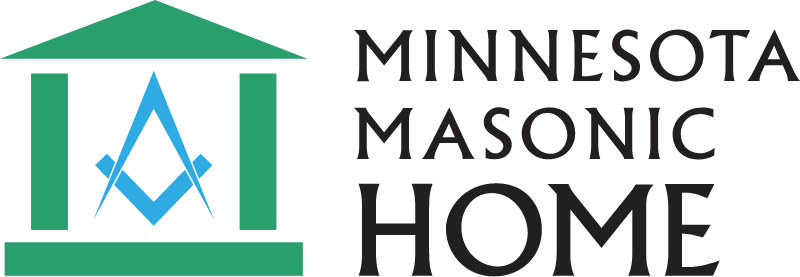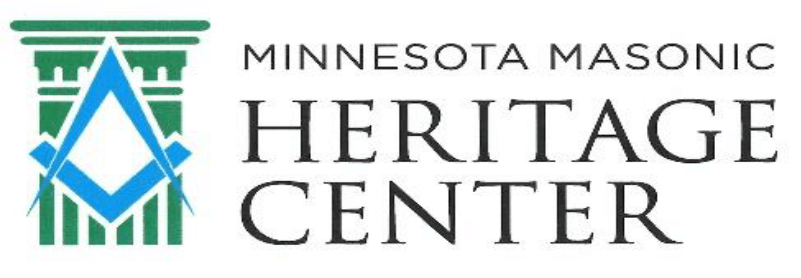Let’s start thinking about questions with a question: What kind of test would you prefer to take? True/false? Multiple choice? Fill-in-the-blank? Essay? Although I’m sure there are some essay lovers out there, my guess would be that most of us would prefer to take a true/false or multiple choice test, right? Some types of questions are just easier to answer.
In the case of yes/no worded questions (“Is today Tuesday?”), all one needs to do is answer with a single word. You could guess and be correct 50% of the time. Some yes/no questions don’t even have a single correct answer (“Do you like broccoli?”). A fill-in-the-blank question is a bit tricker since there are no visible options from which to choose (“Who was the 16th President of the United States?”). The most difficult type of question is open-ended or essay style, which often requires an explanation that details why or how (“Why was the Panama Canal built?” or “How do you make pasta from scratch?”). To be able to answer questions such as these, one needs to demonstrate a sophisticated level of language understanding and expression that allows them to do things such as describe, explain, defend, evaluate, justify, compare, influence and deduct, just to name a few.
What about questions for children who are learning to communicate? Just as testing questions vary in degree of difficulty, so do the questions we ask our children every day.
It’s important that we ask questions that match our child’s language level. When we ask “essay” type questions of a child whose communication development is only at a yes/no level, we are setting them up for failure as well as ourselves. Asking a toddler, “Why did you color on Mommy’s purse?” will likely not result in a meaningful response. A better question might be, “Did you color on Mommy’s purse?”
It’s also helpful to know that questions are easier to comprehend when we can see what the question is about. For example, if you ask your child, “Do you want yogurt or crackers?” and don’t get a response, try asking the same question with the yogurt and crackers in your hands. Having visual information makes the question easier to answer (think multiple choice versus fill-in-the-blank). As children progress in their language development, you will likely notice what, who and where questions emerging first. Later on, the when, why and how questions emerge as children progress from understanding and using language that is concrete (based on the “here and now”) to being able to think in ways that are abstract or remote.
Talking to your child in ways that they can understand and respond to makes for rewarding conversations and helps to build language skills.

Speech/Language Pathologist
Minnesota Masonic Children’s Clinic for Communication Disorders





